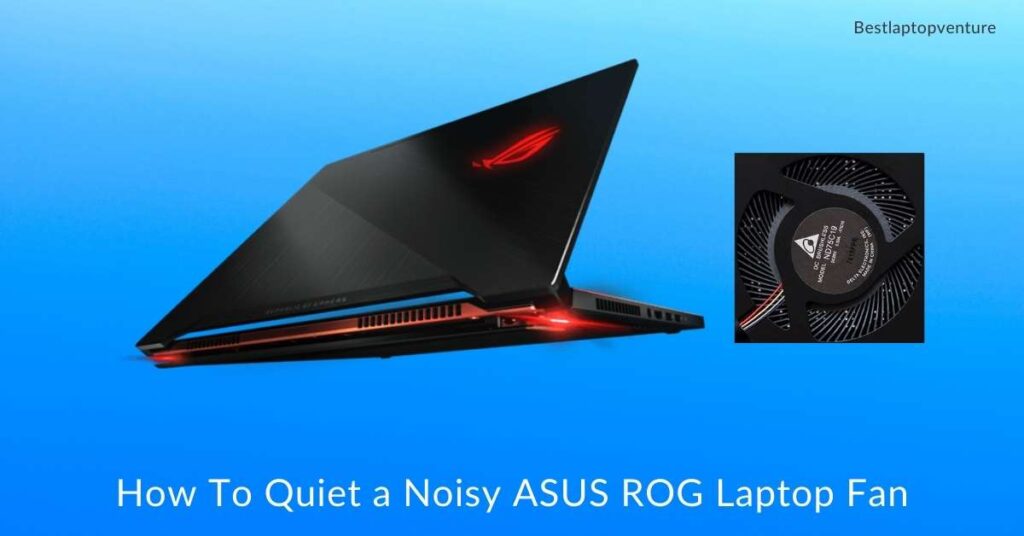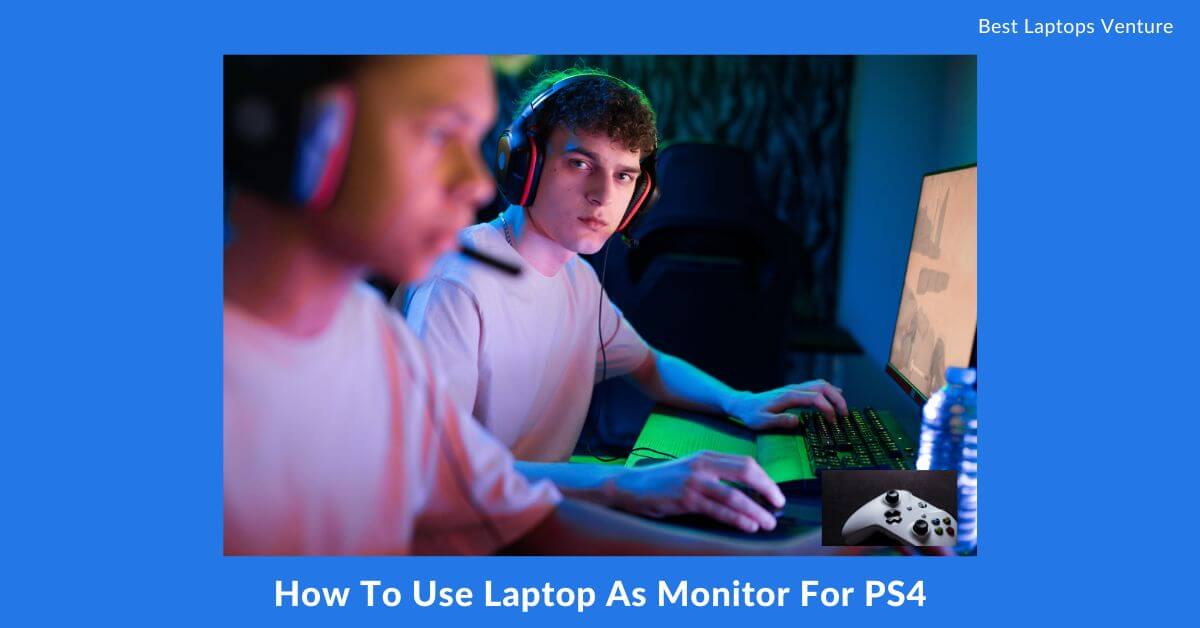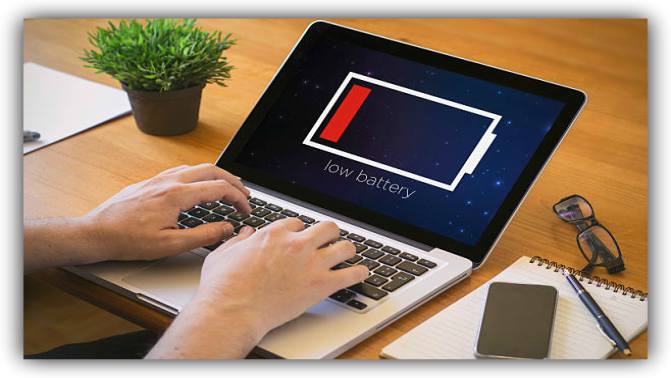
In many aspects of life, noise is irritating.
However, the last thing you want to hear while streaming your favorite game, working across the field to defeat your foes, listening to your teammates, and advancing over the battlefield is a continual buzzing noise coming from your computer.
If you’re wondering what that is, it’s your laptop fan attempting to prevent overheating while you’ve been playing your favorite game nonstop for the past six hours. Does this seem like a regular situation to you?
Optimize that your laptop is self-maintaining and optimizing performance by cooling itself down. Even while the thermal functions of your laptop are vital, there are ways to lessen the buzzing noise.
When attempting to adjust the settings and functionality of your laptop’s fan, be mindful to separate the fan’s noise from that of a failing hard drive. If you hear clicking sounds, it is more likely your hard drive than your laptop’s fan.
In any case, this post will discuss some of the most efficient ways to quiet down a noisy laptop fan for a more pleasant user experience.
How to Make an ASUS ROG Laptop Fan Quieter
Check for errant programs and obstructed vents.
The laptop fans automatically alter their operations based on the amount of heat produced.
Therefore, it is usual for laptop fans to be relatively quiet when simple tasks are being performed.
However, after you have been gaming on your laptop for eight to ten hours, it is usual for the device to go into overdrive to prevent overheating.
You must evaluate the noises and their occurrence. If you are sitting at your computer with Word open, typing a document, and you hear very loud noises coming from the laptop fan, you should be frightened.
Checking the background-running programs and applications is the most effective method for determining the nature of the problem. Here is what must be done:
Click Ctrl+Shift+Esc to launch the Task Manager on Windows. This will allow you to view the programs currently running on your laptop.
Click “More Details” on the Task Manager box to determine which applications are consuming CPU resources. Close or remove any unused applications that are wasting CPU resources if you discover them.
Additionally, if you have an antivirus program installed, run it during this scan. If there are viruses consuming CPU power, the application will detect and resolve the issue.
Also, compare the CPU and GPU temperatures displayed in your laptop’s settings to the usual values. If the numbers are really high, there may be a problem with your equipment.
A typical cause of a laptop’s temperature rise is obstructed ventilation. This typically occurs with devices whose vents are located at the bottom and are obstructed by cushions, flat objects, etc.
Therefore, constantly seek viable alternatives. Instead of obstructing the vents, position your laptop in a location that will promote optimal airflow and decrease noise.
Adjust your fan settings
The majority of laptops alter their heat management settings automatically based on the current task.
If the task requires a great deal of streaming or network access, you can expect that your laptop’s fans will operate at a higher rate.
The speed and rotation of the laptop’s fans rely on the device’s manufacturer and configuration settings.
The initial step would be to examine these settings. Some companies emphasize noise and have relatively slower fan speeds, while others focus on performance and have correspondingly quicker fan speeds.
If you are proficient with technology and have a basic understanding of fan curves, optimal settings, and how to tweak them for the best performance, feel free to manually adjust the settings.
You may manually alter the Armoury Crate parameters in accordance with your workload if you are using an ASUS ROG laptop.
It also features a “Silent” mode to guarantee that the fan on your gaming laptop does not distract you.
Unique to ROG laptops is the ability to build Scenario profiles, which automatically transition between different profiles based on the program being used.
It enables the device to convert between Turbo and Silent modes based on the running programs.
If your laptop lacks changeable or customized fan settings, you can locate them in the UEFI/BIOS configuration menu.
Start cleaning
How frequently do you actually clean your laptop using a cleaning cloth, disinfectant, and Q-tips? Simply washing the screen and outside of the laptop is insufficient to maintain its cleanliness.
More often than not, the accumulation of dirt in the laptop’s vents and inside causes confusion and increases the danger of overheating.
Due to the fact that the vents and cooling fans of a laptop have an opening to encourage quicker cooling, they are frequently vulnerable to dirt accumulation.
The situation worsens when you have dogs that shed heavily. Over time, the collection of dirt and dust can obstruct the vents, despite the fact that at first, it may not appear like a significant amount.
In addition, obstructed vents hinder airflow in and out, resulting in overheating. The more your laptop overheats, the quicker its fans will attempt to cool it down, resulting in louder fans.
With ROG laptops, the Intelligent Cooling System is a plus, particularly the Arc Flow fans. The anti-dust tunnels in the laptop are equipped with a self-cleaning capability that guarantees excellent performance without assistance.
Nevertheless, even with these additional beneficial features, periodic thorough cleaning is necessary.
Cleaning the internal components helps you greatly extend the device’s lifespan. Additionally, when cleaning, use a soft cloth or brush instead of harsh or jagged equipment.
In addition, if you are not adept at opening the laptop, we recommend getting expert assistance.
Ideally, the internal panels may be cleaned by opening the bottom panel and then gaining access to the inside from there.
Once inside, you may use a brush or soft cloth to remove dirt and debris from the crevices and nooks.
Conclusion on How To Quiet a Noisy ASUS ROG Laptop Fan
Nobody enjoys being distracted by a noisy laptop fan while working or streaming their favorite video games.
These recommendations should assist you in locating the problem and then adjusting it according to the settings.
Ensure you always begin with a manual check before proceeding to the device’s settings and making modifications.
Occasionally, all your laptop needs is thorough cleaning and brushing.
Read more: How To Use Laptop As Monitor For Xbox One










